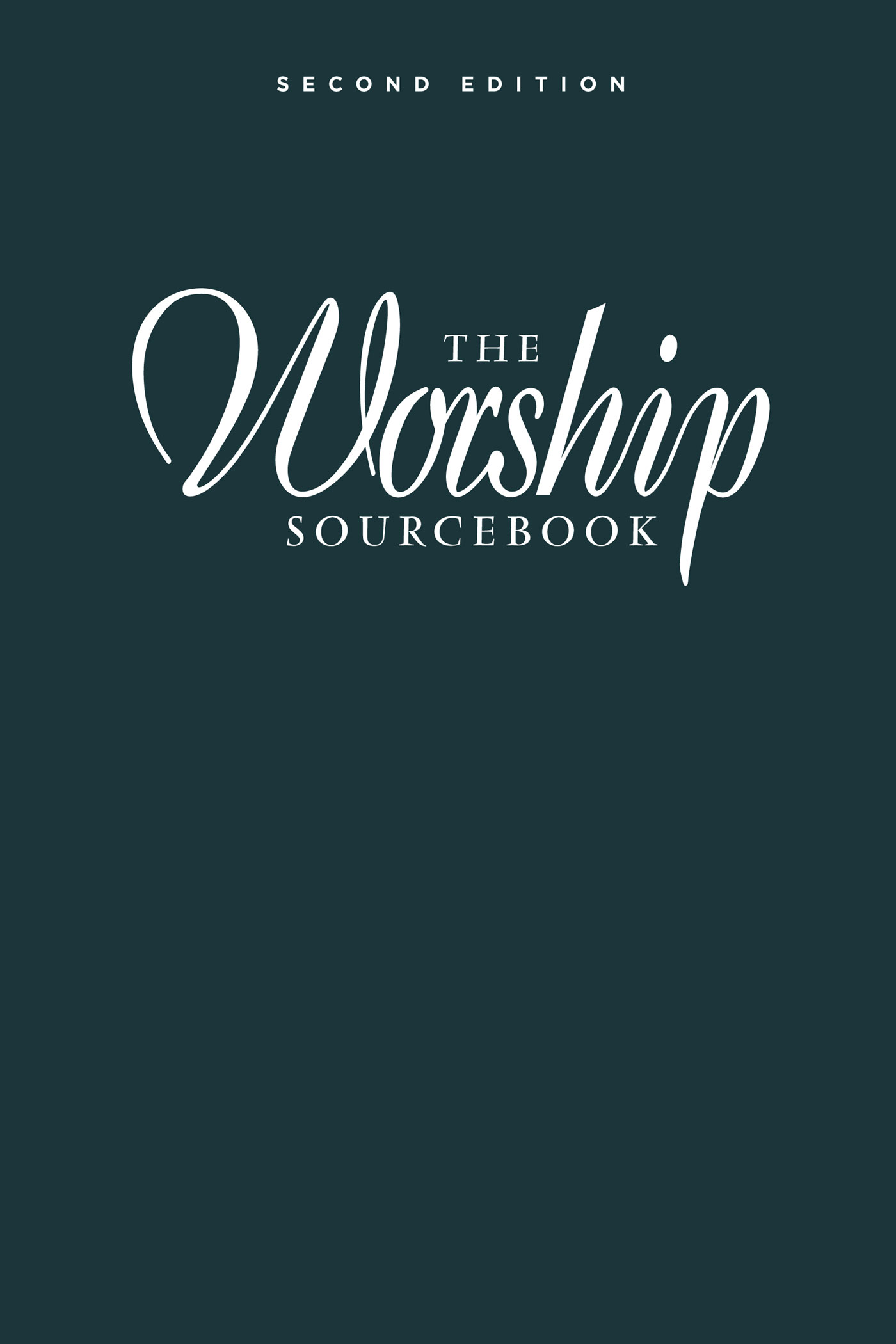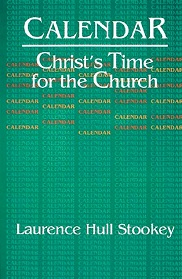Getting Started with the Christian Year
Any church leadership team that hopes to increase the observance of the Christian year in their congregation will first need to identify how much shaping influence this practice has at present.
- Is the congregation aware of the Christian year?
- Do they know of its different seasons?
- Is it influential in shaping the pastor’s sermon schedule?
- Does it shape the selections of music?
- Do the children and youth know about it?
- Does the sanctuary reflect the colors of the Christian year?
In other words, would someone coming as a guest to a worship service in your congregation notice the influence of the Christian Year, or not?
The following three stories exemplify three different types of congregations, and there are many like them! Maybe your congregation can identify with one of them, or perhaps it is still somewhere in between.
Martha serves as the pastor of preaching and worship for Calvary Church, a large congregation associated with a mainline denomination. Calvary Church has a history of 137 years in the heart of the city. Two Sunday morning services will include a total of nearly 700 worshipers. When Martha considered this pastoral call, she was told that one of the non-negotiables of Calvary Church was its commitment to practice the services of the Christian Year. She was pleased, because it matched her personal commitment and interest. The church calendar determined the nature and theme of each Sunday of the year. The seasons of the church year were meticulously observed. At the top of each Worship Sheet was information identifying both the season and the week of the season. All of Martha’s preaching preparation and worship planning had a clear eye on the season of the Christian Year. It is the very air the congregation breathes. Calvary Church is a Christian Year Church and it will always be that way.
Ricardo, on the other hand, is in a very different situation. Spirit Fellowship, where he serves as the lead-pastor, has no interest in the practice of the Christian Year. They know others do, but consider them to be over-structured churches. Ricardo shares much of this suspicion, but at times he wants to suggest at least some small reflections of the Christian Year in their worship life. However, he knows that if he does suggest it, it will stir up a good bit of emotion and his ideas will be met with “not in this church…we don’t do that …that’s too high-churchy.”. And these objections will have such intensity to them that to go further with the discussion will only cause trouble.
Susan and Larry are somewhere between these two. They are co-pastors of Blake St. Church, a moderate sized church with a 50 year history. Both Susan and Larry have been there for quite some time—Larry for 7 years and Susan 5 years. They work and lead together very well. Blake St. Church marks Christmas in their worship, with a period of preparation ahead of time which they loosely call Advent. They also observe Good Friday and Easter with a period of preparation they, again, loosely call Lent. But they have never developed these ideas very well, and the congregation is never quite sure what they ought to expect. They know about Christmas and Easter, of course, but the seasons ahead of them seem to take on a different flavor every year and they are often confused. Most have gradually come to ignore thinking about it. Susan has been acquainted with the Christian Year in a previous congregation and has been suggesting to Larry and the church board that they should consider being more thoughtful about the matter. She suggests that the two of them as pastors commit themselves to study and explore the meaning of the Christian Year and its benefits for Blake St. Church. They know this makes the church board nervous and aren’t sure they should be considering it, for it makes the board very suspicious. Some wonder if it’s a relic of a traditional past, others suggest it may be a thoughtful and helpful method of breathing new life into their worship services and seasons, and still others look at it as the latest fad. Yet Larry and Susan know that their own efforts to study and research the matter will have to be the first step in helping the church board talk about it.
It is a major decision for a pastor and/or ministry staff to incorporate the Christian Year in the worship life of a congregation and therefore ought to be approached thoughtfully. The following resources will provide guidance and encourage thoughtful reflection.
Key Articles
- The Christian Year: One Person’s Journey
- The Christian Year: Six Benefits
- The Christian Year: Three Guiding Patterns
- The Christian Year: Two Vivid Pictures
- The Christian Year: Colors
- The Christian Year: Use of the Revised Common Lectionary
- The Christian Year: Six Steps for Getting Started
- The Christian Year: Some Key Questions
- The Christian Year: Helpful Resources
Publications
 |
The Worship Sourcebook, Second Edition (Calvin Institute of Christian Worship, Faith Alive Christian Resources, and Baker Books, 2013) This valuable resource for worship planners and pastors includes texts that can be read aloud as well as outlines that can be adapted for your situation. Teaching notes offer guidance for planning each element of the service. Thought-provoking perspectives on the meaning and purpose of worship are great for discussion and reflection. |
 |
Calendar: Christ’s Time for the Church (Abingdon Press, 1996) by Laurence Hull Stookey In a very clear and helpful description of the Christian Year, Stookey helps us to see how carefully planned worship becomes a series of encounters in which time and eternity intersect. He not only explains the basics behind the Christian Year, but also carefully explains the content of the major seasons. |
|
The New Handbook of the Christian Year (Abingdon Press, 1992) by Hoyt L. Hickman, Don E. Saliers, Laurence Hull Stookey, and James F. White This spiral-bound book is a library of the Christian Year! We learn the history of the Christian Year, the distinct focus of each season, and a wealth of resources and suggestions for planning worship series in each season |
Children's Publications
|
Colors I See in Church (Concordia, 2002) by Julie Stiegemeyer (Author), Kathy Mitter (Illustrator) Worship includes many different colors, sounds, and images. This book helps children understand the meaning behind the symbolic colors in church. |
|
|
Come Worship With Me: A Journey through the Church Year by Ruth Boling Colorful pictures opposite one-page descriptions of the Christian seasons. The end of the book has several pages of Christian symbols and crosses children might recognize from church buildings. |
|
|
Mouse Tales: Things Hoped For, Advent, Christmas, and Epiphany by Ruth Boling A chapter book about a "mouse congregation's" experience with three seasons of the Christian year. |
|
|
Take Me Home: Notes on the Church Year for Children by Christine Kenny-Sheputis The take-home notes in this book have been prepared for photocopying. They may be used by churches, schools, and other worshiping communities. |